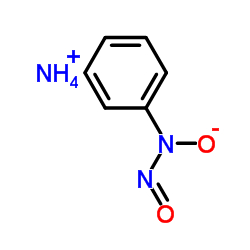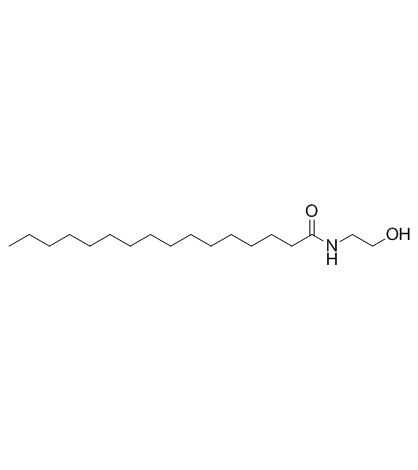| Structure | Name/CAS No. | Articles |
|---|---|---|
 |
Cupferron
CAS:135-20-6 |
|
 |
Palmitoylethanolamide
CAS:544-31-0 |